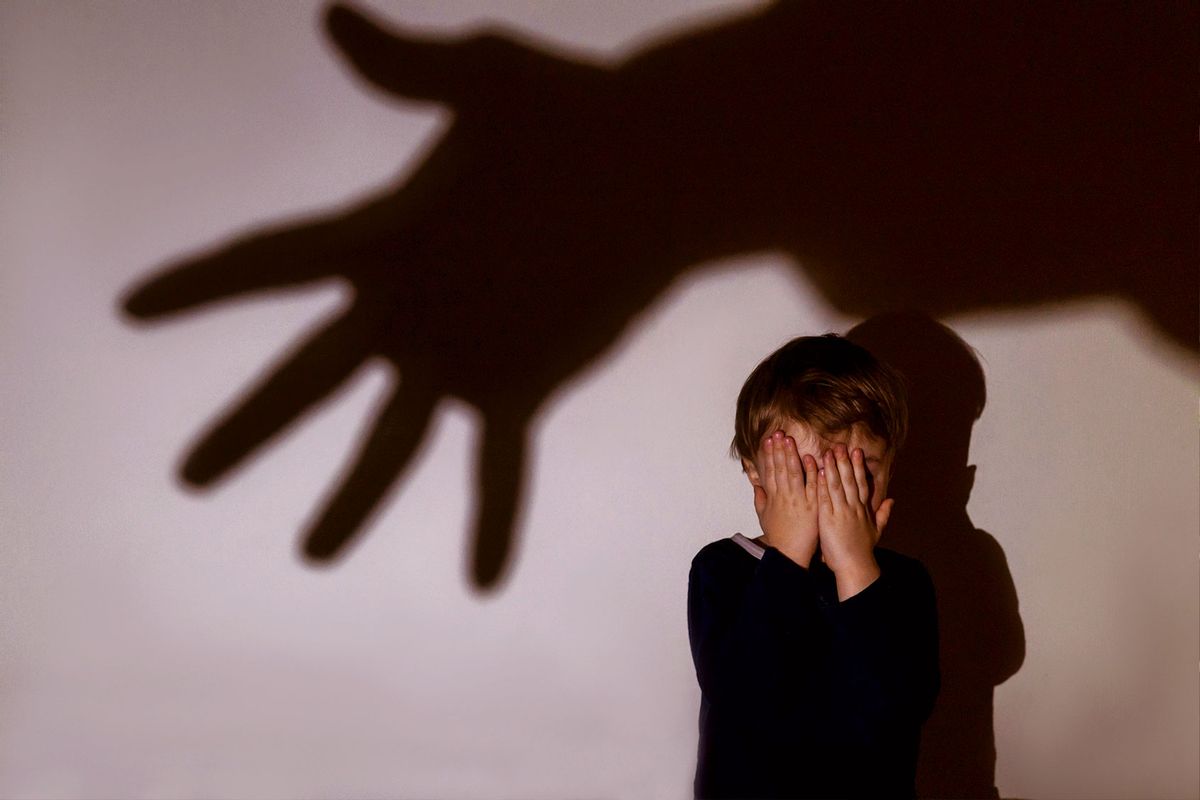We’re misunderstanding how child abuse happens — and that has deadly consequences for kids

Roughly 100,000 children suffer physical abuse in the United States each year. Too often, the public, media, and even authorities dismiss this abuse as unavoidable.
Even when physical child abuse is reported, outdated policies often keep child welfare authorities from intervening in time to save kids’ lives.
This sense of hopelessness is rooted in the notion that child abuse is a one-off, uncharacteristic loss of control — the result of an otherwise upstanding guardian inevitably “snapping,” perhaps after a stressful work day or family situation.
But the data suggests that parents abruptly snapping is largely a myth. Often, physical child abuse isn’t a one-time mistake; it’s an escalating pattern of violence.
It’s time for us to acknowledge this reality — and for authorities to change their policies accordingly.
We already recognize that other types of abuse escalate over time. Consider intimate partner violence. The abuse often entails disparaging comments, physical threats, and physical outbursts — like breaking objects or punching walls — before it culminates in physical abuse.
Physical child abuse follows a similar pattern. Yet the “snapping” myth persists, making it less likely that anyone will report the abuse or intervene. For every instance of child abuse that’s reported, roughly two go unreported.
Even when physical child abuse is reported, outdated policies often keep child welfare authorities from intervening in time to save kids’ lives.
Child welfare authorities nationwide receive nearly 4.5 million reports of physical, sexual, and emotional abuse, as well as neglect, each year. More than 40% of children who are the subjects of an initial report from child welfare authorities will experience at least one additional report.
Yet there’s no federal policy requiring state and county child welfare authorities to take the number of past reports into account when deciding to escalate an intervention. At best, this leaves kids with a patchwork of protection from jurisdiction to jurisdiction, each with different standards and thresholds officials abide by when deciding to intervene.
At worst, this oversight — and our ignorance of the pernicious pattern of abuse — has deadly consequences.
The very existence of multiple reports is a red flag. And when children die from physical abuse, it’s often after multiple reports to child welfare authorities.
An estimated 1,820 children died of abuse or neglect in the United States in 2021. That’s roughly 130 more than just five years ago.
Consider data from Texas. Roughly half of the 380 children who died of abuse in the state between 2010 and 2014 had previously been involved with Child Protective Services. More than 140 of them were referred to authorities more than three times. In one case, the child had contact with CPS more than 20 times.
In Wisconsin, more than half of the 27 children who died of abuse in 2020 had at least one prior contact with CPS. Many of them were the subjects of repeated prior calls and reports, and some even experienced previous visits or interventions from child welfare authorities.
All told, an estimated 1,820 children died of abuse or neglect in the United States in 2021. That’s roughly 130 more than just five years ago.
We have the knowledge to prevent those deaths. That begins with implementing policies that recognize the pattern of child abuse and the danger it poses to children. Child welfare authorities should be required to use the number of previous reports a child receives as a critical factor in the decision to escalate an intervention. And any intervention should reflect the seriousness of the pattern of abuse.
Interventions grounded in evidence-based therapy and social support can interrupt this cycle of abuse, which often starts in childhood. A review of nearly 100 studies published in Clinical Psychology Review found that parents who experienced or witnessed physical abuse or violence during their own childhoods are at a higher risk of perpetrating abuse or neglect with their kids.
Want more health and science stories in your inbox? Subscribe to Salon’s weekly newsletter The Vulgar Scientist.
One evidence-based approach is alternatives for families: a cognitive-behavioral therapy, or AF-CBT. The model can help parents and guardians improve self-control, respond to challenges more effectively, learn better family communication strategies, and cope with trauma. Some Children’s Advocacy Centers provide this sort of therapy to families free of cost.
Policymakers should aim to make these supports more widely available to struggling parents and guardians — both before violence ever escalates and after child abuse has already occurred.
A few states have also implemented programs to help families who are affected by abuse. Washington’s “Parents for Parents” program, for example, connects families who are newly involved in the child welfare system with parent mentors who provide support and guidance.
Such interventions recognize that child abuse isn’t a matter of “snapping.” Rather, they aim to break a pattern of abuse and save children’s lives. It’s time our policies — and society at large — did the same.
Read more
on children and society

